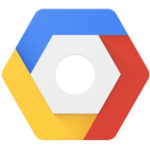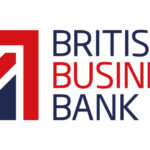Technology research firm Gartner has this month released its 2013 magic quadrant for data integration. The quadrant summarizes Gartner’s annual research into the data integration market, and places the largest data integration vendors according to their market vision and implementation. The end of the report also features some market trends for 2013, which we’ve summarised here.
The 2013 magic quadrant for data integration vendors is shown below:
Source: Gartner, July 2013
While no vendors have dropped off the quadrant since 2012, there have been two new entrants: Adeptia and Composite Software. Adeptia benefits from its integrated and focused product offering, but Gartner highlights potential concern with the company’s breadth of offering and product support. Composite, meanwhile, displays strength in its product capabilities and track record, but Gartner highlights breadth of functionality and issues with customer service as possible weaknesses.
Our analysis of what the quadrant’s terms mean can be read here, along with a summary of the 2012 quadrant. In 2013, vendors’ movements around the quadrant are relatively minor. These are some of the main changes for 2013.
Positive movements:
- In the Leaders quadrant, IBM has edged closer to Informatica and is now the overall leader in terms of ability to execute. According to the report, IBM’s customers value “the sheer breadth of functionality of the vendor’s product set across the range of data integration styles, the degree of integration between the components of the portfolio”.
- Microsoft, while remaining a Challenger, has moved nearer to the Leaders quandrant in both the main dimensions. The report cites the relative low cost of the vendor’s software, its familiar interfaces and its breadth of integration as core strengths.
- Talend has also edged closer to the Leaders quadrant but is not quite there yet. The company requires a little more boost in its ability to execute, particularly in customer support. Talend appeals particularly strongly to technical developers, but conversely this means that the vendor enjoys lower awareness among IT managers than its competitors.
Negative movements:
- SAS just about remains in the Leaders quadrant, but has slipped slightly in terms of overall vision. According to the report, the company’s “implementations reflect bias toward analytics-oriented scenarios that appear to be at odds with the broadening range of use cases exhibited in this market”.
- Syncsort remains a Niche Player, but has dropped further away from the Leaders quadrant. Potentially, the vendor’s focus on ETL technology means that it isn’t positioned to offer a broader range of data integration techniques. Metadata management is also cited by the report as an area of relative weakness.
- Pervasive, which was recently acquired by Actian, is still a Visionary but has suffered a slight decline in completeness of vision. The report’s main concern is with the potential impact of the acquisition on organisational morale and management continuity.









